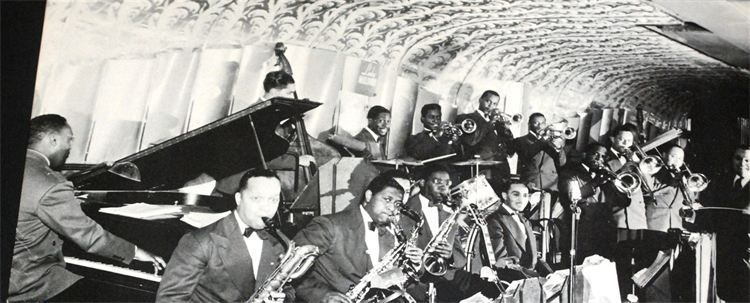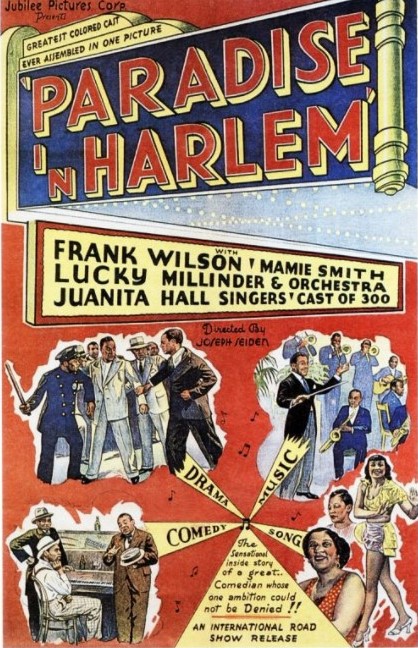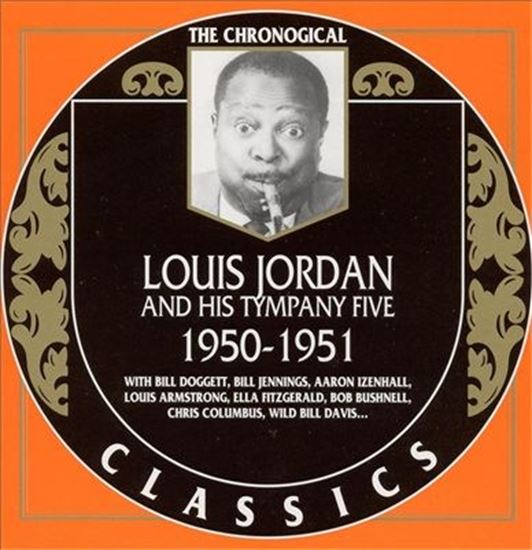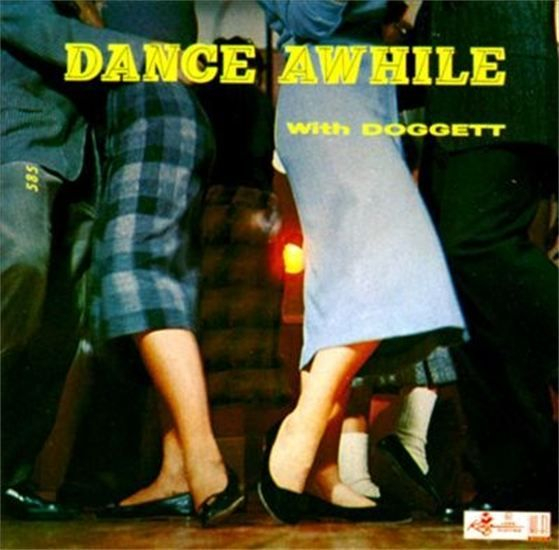I LOVE receiving emails from my readers (so thank you!), but my absolute favourite is when a family member from a past musican, fashion designer, etc. reaches out wanting to share stories about their loved one.
A few weeks ago I was lucky enough to have this happen again when Bill Doggett II sent an email introducing me to his uncle, Bill Doggett. Bill was the pianist and arranger for the 1939-42 Savoy Ballroom Swing Band, The Lucky Millinder Band (one of his many career highlights). He also was considered by many as the King of 1950s Jazz and R&B organ.
Let’s take a high level look at a talented artist who I am excited to have gotten to know more about and now share with all of you!
William Ballard Doggett was born February 16, 1916, on the north side of Philadelphia. Although he initially dreamed of playing the trumpet, his family was unable to afford lessons. Persuaded by his mother (a church pianist), to try keyboards instead, he quickly mastered the instrument. Hailed as a child prodigy by his 13th birthday, he formed his first band, the Five Majors, at the age of 15 (Source).
The Savoy Ballroom
In 1938, Lucky Millinder was looking for a new band — the way Millinder worked was that he bought out, and took over the leadership, of existing bands, which then became “the Lucky Millinder Orchestra”.
This incarnation of the Lucky Millinder Orchestra, the one that was put together by Doggett before Millinder took the band over (Doggett reputedly traded the entire outfit to Millinder for a soda-NOT sure how true this is), is the one that got a residency at the Savoy after Chick Webb’s band stopped playing there. Doggett stayed on with Millinder as his pianist (pictured below) (Source).
1941 image of the Lucky Millinder Orchestra playing at the Savoy Ballroom. Bill Doggett is at the piano.
Source: Billdoggettcentennial.com
As pianist with Lucky Millinder, Bill Doggett has his film premiere in the important 1939 All Black Cast Harlem movie, Paradise in Harlem that showcases the legenday blues singer, Mamie Smith (Source).
Doggett also was featured in cameos in Soundies that The Lucky Millinder Orchestra made to promote their new records.
“The Lonesome Road”, 1941. Early footage of Sister Rosetta Tharpe when she was band vocalist with Lucky Millinder Orchestra (Video Link).
“Four Or Five Times”, 1941. Sister Rosetta Tharpe with Lucky Millinder Orchestra (Video Link).
Watch for the young Bill Doggett “Piano solo” at 0:33-0:48. PLUS enjoy some lindy hop in this video!
Louis Jordan
In 1947, he replaced “Wild” Bill Davis (top organist at the time) on piano in Louis Jordan’s Tympany Five, at the time the hottest Black band on records. He appeared on the influential tunes, “Saturday Night Fish Fry” and “Blue Light Boogie.” (Video Link).
Bill’s career really takes off from here!
Ella Fitzgerald-Bill made his debut as an organist during Ella’s June 1951 recording sessions.
After Chick Webb’s death, Bill became Ella’s most important collaborator as her pianist, arranger and music director (1943-44). Then arranger and collaborator on her 1951-52 big hits, Smooth Sailing, Rough Riding and Tea Leaves and her 1962 “Stereo Demonstration Record” Rhythm is My Business.
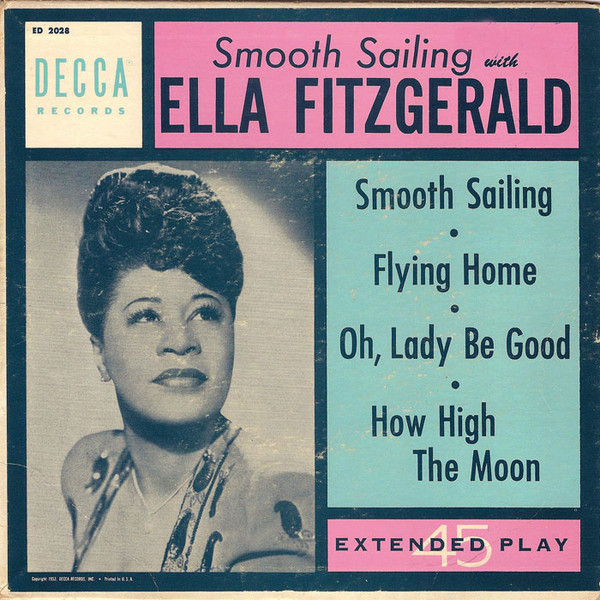
King Records
Doggett achieved his greatest popularity from 1952 to 1960 when he headed a small band that recorded for King Records. In 1952, on his first King record, he played organ on “Big Dog,” which illustrated the new, swinging, amplified dance music (Video Link).
In 1956-Bill releases his Rhythm and Blues hit “Honky Tonk”
Doggett achieved universal popularity with “Honky Tonk.” The famous instrumental tune was recorded in two parts by King Records, one on each side of a 45-rpm single. It would top the R&B chart and was at #2 on the pop chart. By 1979, it had sold more than 3 million copies (Source).
“Honky Tonk, Parts 1 and 2” came about almost by accident. As Doggett told the story, his biggest hit started out at a dance in Lima, Ohio on a Sunday night. The group were playing their normal set and people were dancing as normal, but then during a brief break a music jam happened. This impromptu, never played before jam would become Honky Tonk and the rest is history (Source).
The hit is considered one of rock’s greatest instrumental tracks (Source).
Check out the song below (Video Link).
FACT: Bill did much to popularize the organ as an instrument for swinging Rhythm & Blues (Source).
In later years, Doggett was a respected organist who would play hundreds of shows a year, until his death in 1996 aged eighty.
He played “Honky Tonk” at every show, saying “I just wouldn’t be Bill Doggett if I didn’t play ‘Honky Tonk’. That’s what the people pay to hear, so that’s what they get.” (Source).
Last Cool Fact:
The years 1941-1945, Doggett was a Decca Records artist who joined two other iconic artists on the label, The Ink Spots (vocal quartet who became the most popular Black act of the forties) and Ella Fitzgerald (mentioned early).
Several of the famous and well remembered Ink Spots hits were actually arranged and recorded with Bill Doggett, the pianist (Source). (Video Link)
Thanks for stopping by an learning a bit about the wonderful Bill Doggett! I hope you enjoyed it as much as I had putting it together.
ALSO…Special thanks to Bill Doggett’s nephew for reaching out and bringing his uncle to my attention.
For more information please visit (and there is so much more to his story):
Bill Doggett Organist & Pianist
500 Songs-Bill Doggett (Podcast)-Super podcast episode!
Liz


